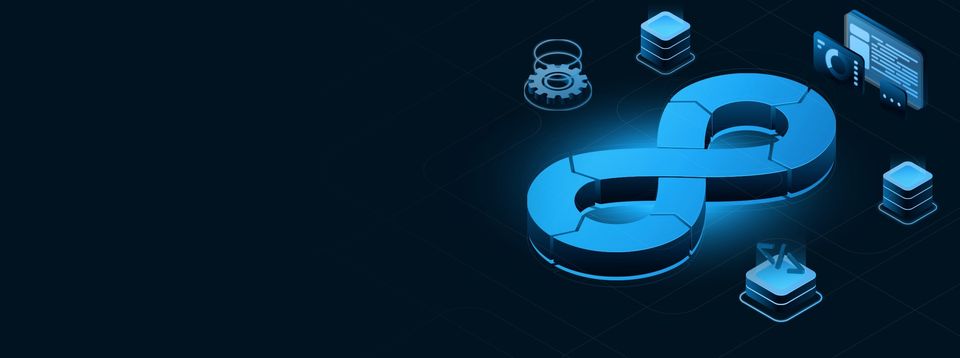The Security Pipeline

Over the last few years, the ability to secure our applications has grown, and deep integration into the DevOps toolchain has, too. There are more tools doing more security checks protecting more of the infrastructure and source than there have ever been. The key is putting them to use intelligently.
We now have the ability to secure the image an app is based upon, the images that are derived from that original—complete with supporting software. We can get feeds to tell us which bits of our included open source components are insecure and how to protect them; we can scan the source, the assembled application, the APIs and the network. We can put runtime protections in place in front of web apps and in front of APIs. We can even track the long-tail attacks like slow data extraction that are becoming more common as security tools master more obvious attacks.
That is a great set of security capabilities. And automation puts every bit of it within reach. Your job is to pick the bits you need to increase the security posture of your environment and get them worked into your specific toolchain. This is not all that difficult, but nothing is free, so you will need at least some implementation time and some staff time to work through results. After all, no matter how automated, current solutions do end with a list of changes that need to be made to increase security. Some tools will put a runtime fix in place immediately, but honestly, that is a patch—it only stays in place until you can fix the underlying issue.
Integrating all of the great security tooling with each other is another aspect that will require some time. Some vendors cover a massive amount of the security testing needed across markets and technologies. These companies show us that even if an organization would rather use best-of-breed, there is a lot of benefit in increasing integrations. For an easy example, consider this: If the software bill of materials (SBOM) generated during the build steps shows that a given framework is included in an application, then active testing via dynamic or interactive application security testing can include extra tests specific to that library.
Integrations will take effort, but once they’re in place they will enhance application security. There is no perfectly secure application, but the tooling is available to make a given environment less of a target because it is too much work to attack. And that is what you should be shooting for.
I’ve said before that making security part and parcel of your DevOps practices is mandatory at this point, but that was in reference to the great DevSecOps toolsets currently out there. I’m suggesting now that we include it all–from design to GitOps runtime drift management. Because we can, and the result is reduced risk to the organization.
And keep rocking it. Honestly, you’re maintaining something worth protecting–that alone means you are successful, even if you aren’t aware of every issue that crops up. Issues are why you’re there, and the systems keep running because you are.